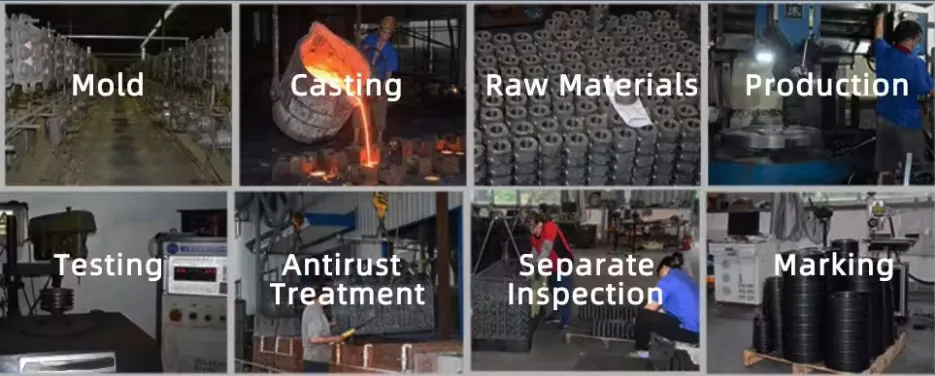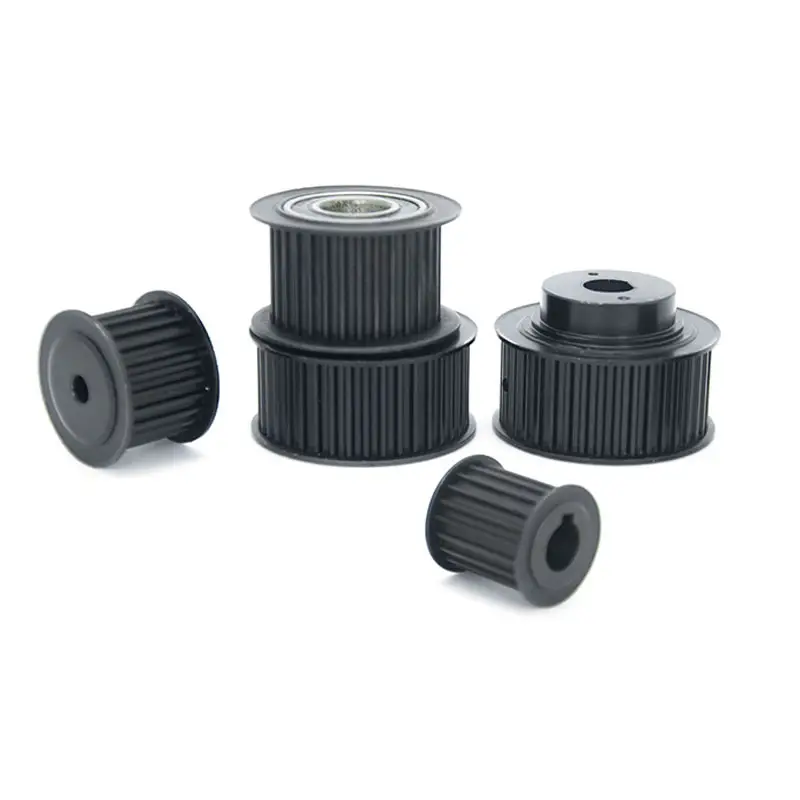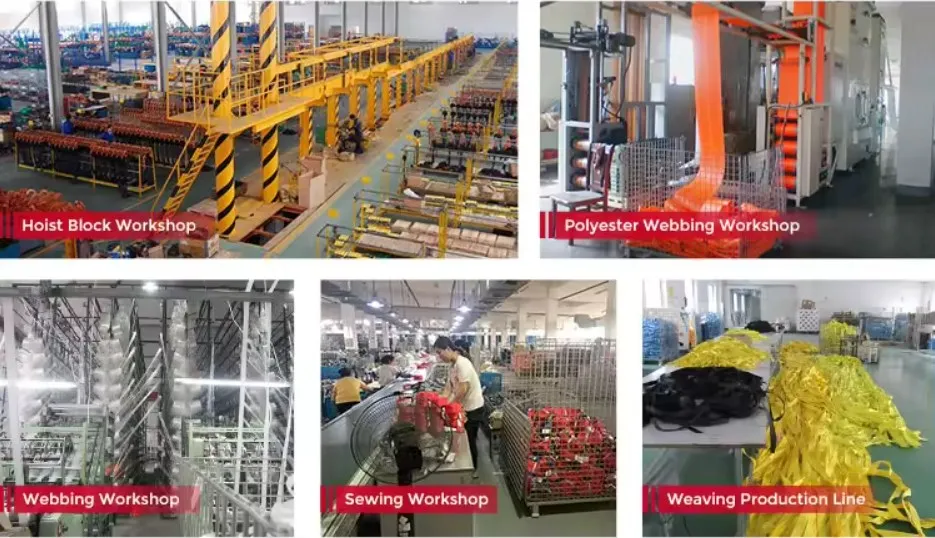Introduction to VP60 Sheave
- Durable: The VP60 sheave is built to last, with high-quality materials and precision engineering.
- Efficient: This sheave is designed to maximize performance and ensure smooth operation.
- Versatile: Suitable for a wide range of applications, the VP60 sheave offers flexibility in use.
- Reliable: You can trust the VP60 sheave to deliver consistent results and withstand heavy loads.
- Easy to Install: With user-friendly features, the VP60 sheave can be easily installed and maintained.
Types of Sheave Pulleys
1. Fixed Pulleys
Fixed pulleys have a stationary axle and are used to change the direction of a force applied to a rope or cable.
2. Movable Pulleys
Movable pulleys have a pulley attached to a load that moves with the load, reducing the amount of force required to lift the load.
3. Compound Pulleys
Compound pulleys combine fixed and movable pulleys to provide a mechanical advantage in lifting heavy loads.
4. Block and Tackle Pulleys
Block and tackle pulleys use multiple pulleys to increase the mechanical advantage and make lifting heavy objects easier.
5. Snatch Blocks
Snatch blocks are a type of pulley that can be opened to allow a rope to be inserted without threading the end through.
6. Wire Rope Pulleys
Wire rope pulleys are designed specifically for use with wire ropes and are commonly used in industrial applications.
What is a Sheave on a Pulley?
- A sheave is a wheel or roller with a groove used with a belt or rope to change the direction or point of application of a force.
- Sheaves are commonly found in pulley systems to support and guide the movement of ropes or cables.
- They help to reduce friction and wear on the rope or cable, increasing the efficiency of the system.
- Sheaves come in various sizes and materials depending on the application and load requirements.
- They play a crucial role in lifting and lowering heavy loads in various industries.
What are Sheaves Used For?
- Sheaves are used in lifting and rigging systems to change the direction of force and support loads.
- They are essential components in cranes, hoists, and pulley systems for construction and industrial applications.
- Sheaves are also used in vehicles, such as cars and bicycles, for functions like steering and power transmission.
- They play a vital role in sailing and rock climbing equipment for controlling ropes and cables.
- Sheaves are utilized in machinery for material handling, mining, and agriculture to facilitate movement and transportation.
- They are integral in manufacturing processes for conveying materials and products along production lines.
Process of Sheave Pulley

The production process of sheave pulleys involves several steps:
1. Mold Design
The mold is designed to create the desired shape and dimensions of the sheave pulley.
2. Casting
The raw materials are melted and poured into the mold to form the sheave pulley.
3. Raw Materials
High-quality materials are used to ensure the durability and performance of the sheave pulley.
4. Production
The sheave pulleys are manufactured with precision and attention to detail.
5. Testing
Each sheave pulley undergoes rigorous testing to ensure quality and performance standards are met.
6. Antirust Treatment
The sheave pulleys are treated to prevent rust and corrosion, extending their lifespan.
7. Separate Inspection
Each sheave pulley is individually inspected to guarantee quality and reliability.
8. Marking

Finally, the sheave pulleys are marked with product information for identification and traceability.
How do you adjust Sheave Pulleys?
- Check the tension of the belt or rope on the sheave pulley to ensure proper operation.
- Inspect the alignment of the sheave pulley to prevent wear and maintain efficiency.
- Use a sheave alignment tool to adjust the position of the sheave pulley for optimal performance.
- Regularly lubricate the sheave pulley to reduce friction and extend its lifespan.
- Monitor the wear and tear on the sheave pulley and replace it when necessary to prevent breakdowns.
- Consult the manufacturer’s guidelines for specific instructions on adjusting your sheave pulleys.
- Seek professional assistance if you are unsure or need help with adjusting your sheave pulleys.
About HZPT

HZPT, established in 2006, is a leading manufacturer of precision transmission components based in Hangzhou. We specialize in the production of various industrial components, offering customization to meet your specific requirements. Our overseas sales team ensures prompt and efficient service, catering to clients in Europe and America. Known for our superior quality, competitive pricing, and outstanding customer service, HZPT is your trusted partner for premium products and reliable solutions. Let us help you make wise investments and achieve success in your projects!